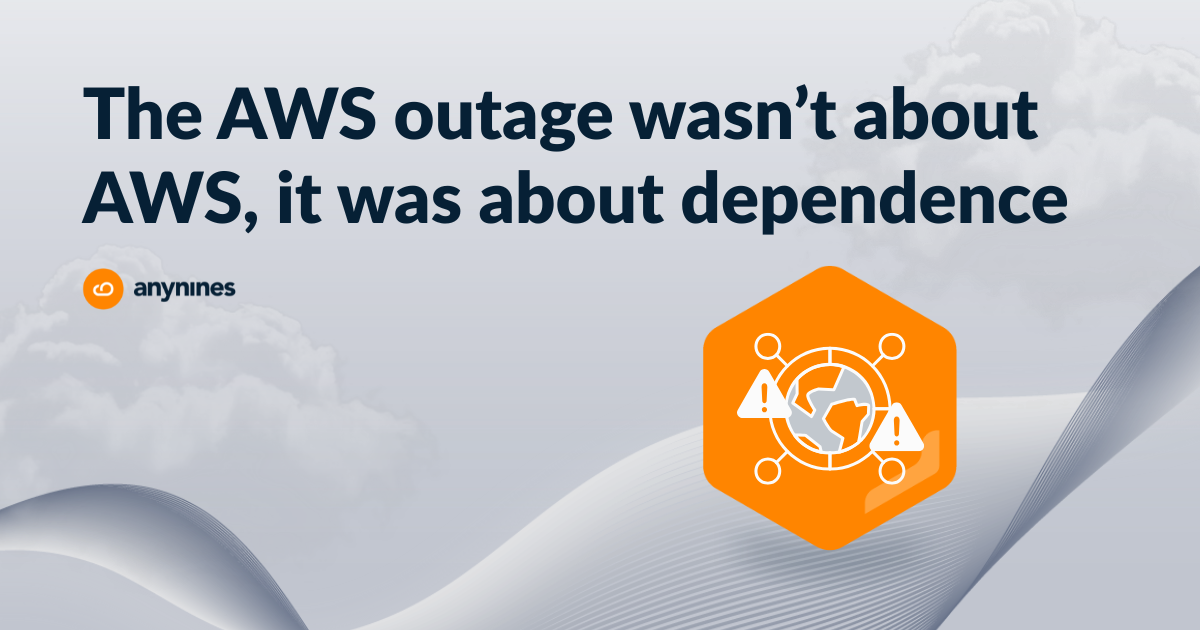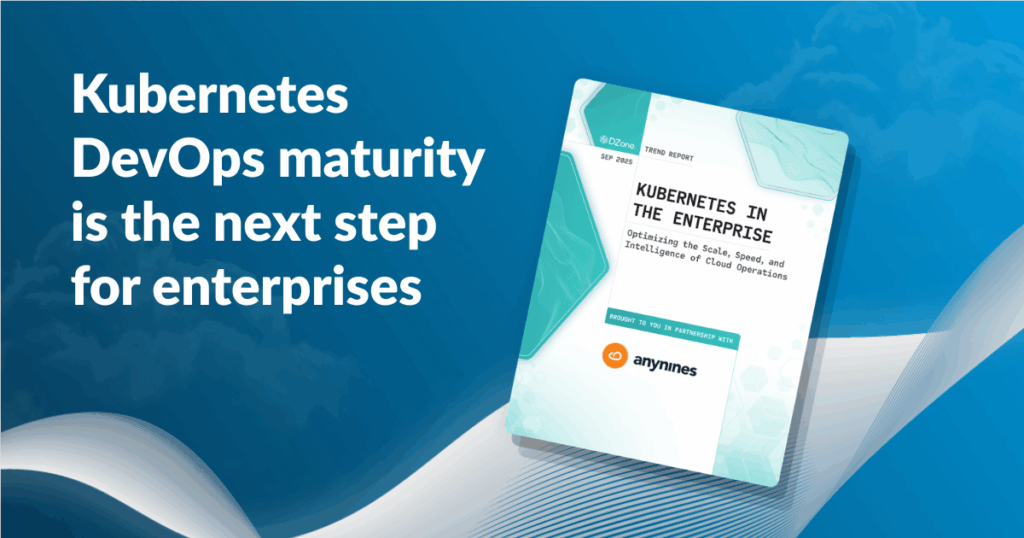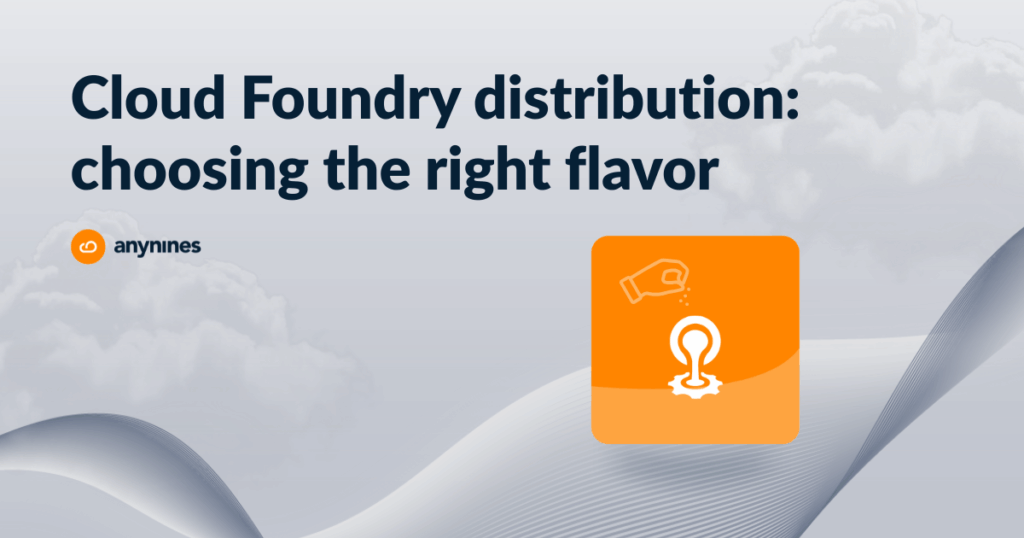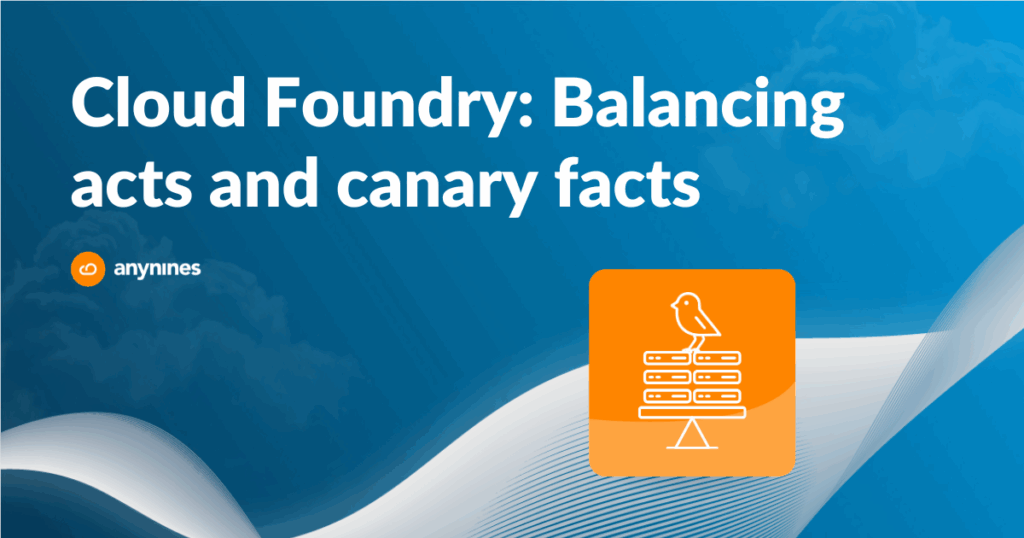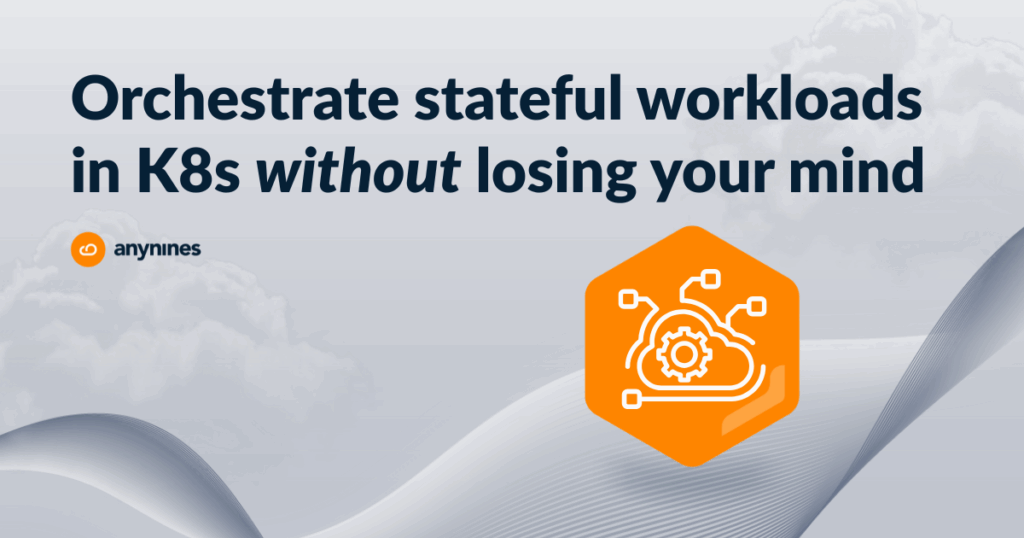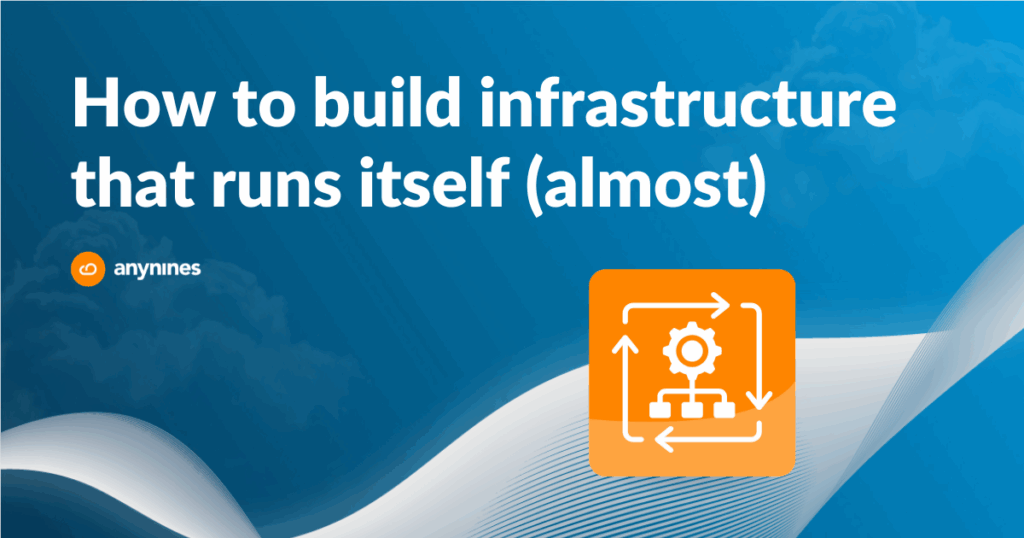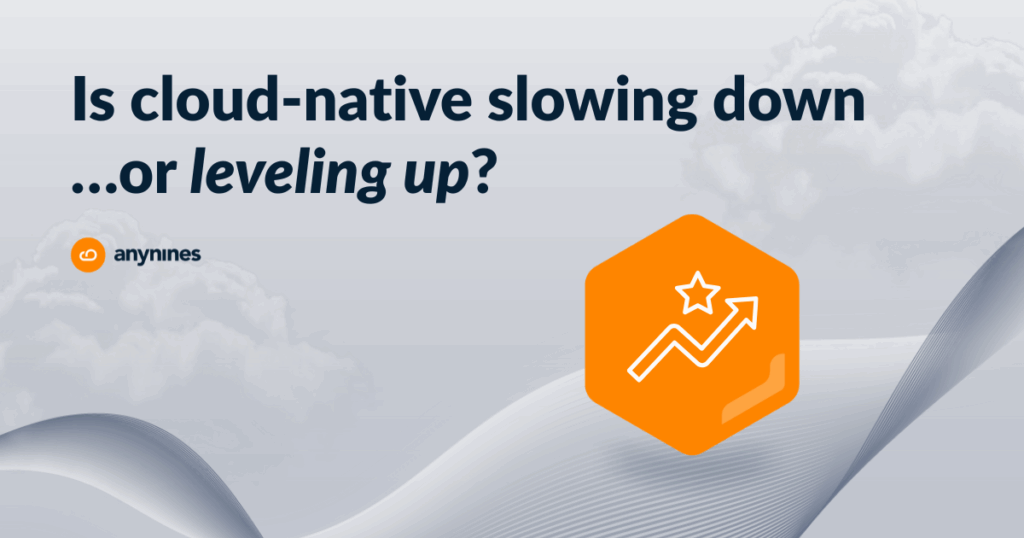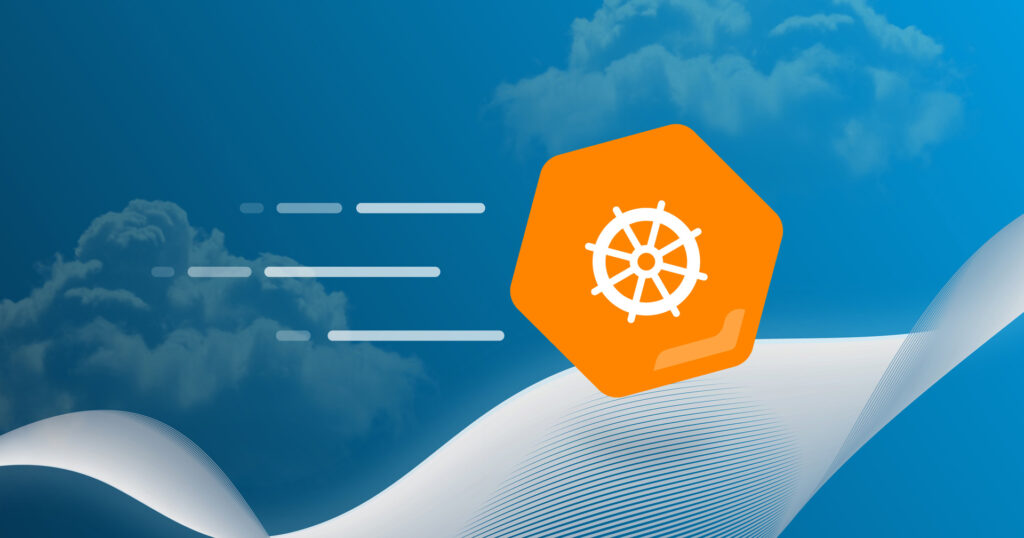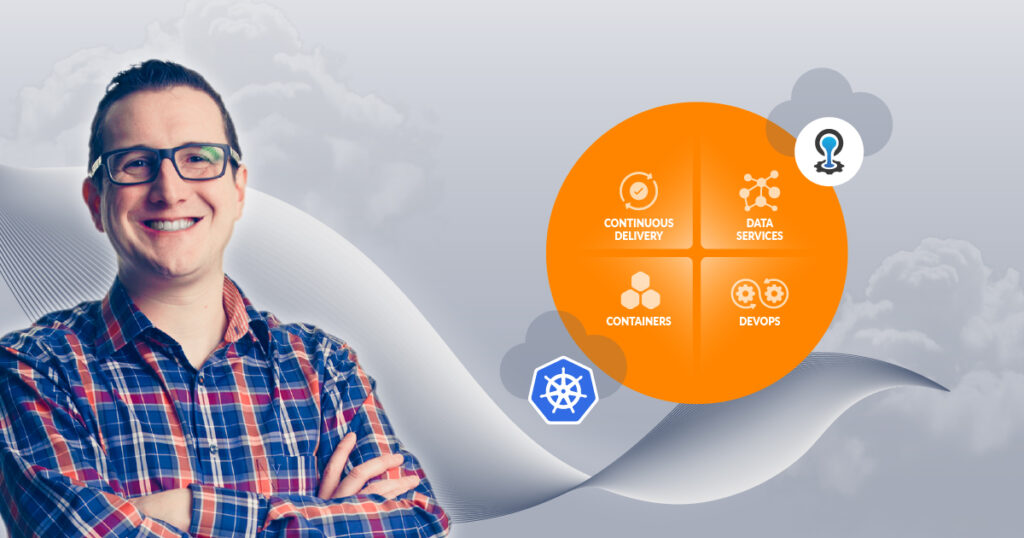When a major AWS region went offline on October 20th, 2025, the ripple effects of the outage reached almost every corner of the digital world. Major applications and online services across all sectors were suddenly offline or degraded. For many, the problem wasn’t just AWS itself. It was how deeply everything depended on it.
The outage incident disrupted countless online services from communication tools and collaboration platforms to payment systems and e-commerce sites, and revealed a critical truth: building everything on a single infrastructure, especially when concentrated in a few regions, is a structural risk. At anynines, we see this as a clear reminder of why resilience starts with flexibility.
AWS remains a leading platform for scalability and innovation, and we offer it as an option for our customers to run their anynines’ environments. The key is that they have a choice.
Our platform supports AWS alongside other major clouds like Azure, GCP, VMware, OpenStack, AliCloud, and on-premises infrastructure to allow teams to mix, migrate, or distribute workloads as needed. This is not about avoiding one cloud, but rather avoiding dependency on just one.
The risk of cloud monoculture
Cloud-native architectures have enabled incredible scalability and innovation. Yet, the same convenience has led to a quiet concentration of workloads in just a few hyperscalers often within a single region or provider.
This cloud monoculture creates several risks:
- Single points of failure at the regional or vendor level.
- Vendor lock-in, making migration or multi-cloud strategies costly.
- Slower disaster recovery, when failover across regions or infrastructures isn’t part of the design.
The AWS outage made this tangible. However, it wasn’t just AWS that failed; it was the lack of infrastructure diversity across modern architectures.
True resilience requires more than redundancy within one cloud. It demands independence from a single infrastructure and the flexibility to operate across multiple clouds or hybrid environments.
Cloud providers have made scaling, deploying, and managing applications easier than ever. But convenience often comes at the cost of dependency. When a company’s data services, applications, and automation pipelines are bound to a single provider—or even a single region—the failure of that environment can have wide-spread consequences.
Yesterday’s AWS outage was a prime example: A single issue in the US-East-1 region caused cascading disruptions across multiple continents. There was no easy fallback for businesses relying solely on that infrastructure.
Breaking the chain of dependency
We believe the foundation of resilient cloud applications lies in a healthy relationship between platforms and the infrastructure they run on. That means enabling diversity, avoiding lock-in, and maintaining operational efficiency without compromising developer experience.
Our toolset makes this possible. anynines was built on the principle that organizations should never have to depend on one provider to remain online and productive.
Infrastructure independence with anynines
a9s Cloud Foundry – Application platform
A full-featured Cloud Foundry distribution designed for enterprises seeking a high level of abstraction, fast developer onboarding, and multi-cloud flexibility.
- Ideal for organizations transitioning from Broadcom Tanzu / VMware environments.
- Runs on any major public cloud, private infrastructure, or hybrid setup.
- Enables teams to deliver apps with the same developer experience across environments.
a9s Hub – A resilient toolkit
a9s Hub integrates our complete data service portfolio and orchestration framework:
- a9s Data Services – Automated lifecycle management for VM-based data services like PostgreSQL, MongoDB, Valkey, and more.
- a8s Data Services – The Kubernetes-native evolution of the a9s Data Services, offering the same reliability and automation for containerized workloads.
- Klutch – A framework that orchestrates data services across multiple Kubernetes clusters and clouds.
Together, these components allow teams to run applications and data services across major public cloud, private clouds, and on-prem environments without changing operational models or developer workflows.
They provide a foundation for true portability. If one cloud region or provider goes down, you have the flexibility to operate elsewhere without rewriting your automation or tooling.
Unified Developer Experience, Operational Independence
anynines ensures that platform and development teams work consistently, no matter where their workloads run.
- Unified self-service across clouds and infrastructures.
- Operational capabilities (monitoring, backup, scaling, failover) that match or exceed those of hyperscalers.
- Decoupling logic from infrastructure, enabling portability and long-term resilience.
For example: A platform team can offer PostgreSQL “as a service” in both AWS and an on-prem OpenStack environment using the same APIs, governance, and automation workflows. Developers don’t need to care where the service runs; operators retain full control and observability.
From reactive recovery to built-in resilience
Resilience isn’t about reacting faster when things break; it’s about building systems that keep running when they do. With anynines automation, you can:
- Deploy and operate data services across multiple infrastructures.
- Automate backups, replication, and failover.
- Migrate workloads between providers with minimal friction.
This is business continuity by design, not just a technical safeguard.
Resilience through diversity
Infrastructure diversity isn’t a trend, it’s a necessity for modern resilience.
| Resilience concern | anynines‘ solution |
| Single cloud region outage | Run applications and data services across multiple regions or clouds |
| Vendor lock-in | Deploy apps or data services on any infrastructure |
| Data service unavailability | Automated backups and restores |
| Fragmented developer experience | Unified developer workflows |
| Lack of governance in self-service | Central control and policy enforcement |
A multi-infrastructure future
AWS, Azure, GCP, AliCloud, and other cloud providers are powerful, but resilience comes from independence, not exclusivity. Some organizations choose AWS for scalability and reach; we fully support that. The difference is that they’re not limited to it.
Our platform supports multi-infrastructure and hybrid cloud strategies, allowing organizations to operate globally, minimize risk, and maintain control over where and how their services run.
Resilient systems are diverse systems, and diversity starts with design.
The recent AWS outage may fade from the news cycle, but this lesson should last: Dependence on a single cloud is a costly risk, not a future-oriented strategy.
Building resilient systems means preparing for the unexpected. That’s what we help our customers do every day, whether their workloads run on VMs, Kubernetes, or both. At anynines, we believe that cloud freedom isn’t about avoiding AWS, Azure, or GCP, but being ready when one of them inevitably goes down.
Conclusion
The era of single-vendor, single-region cloud strategies is over. Resilient cloud architectures demand infrastructure independence, operational flexibility, and a unified developer experience that spans public, private, and hybrid environments.
With a proven track record in platform automation and a portfolio built for infrastructure diversity, anynines empowers teams to build cloud-native systems that are resilient by design, not just by chance.
Let’s move from cloud dependency to cloud resilience. Build resiliently with anynines.
